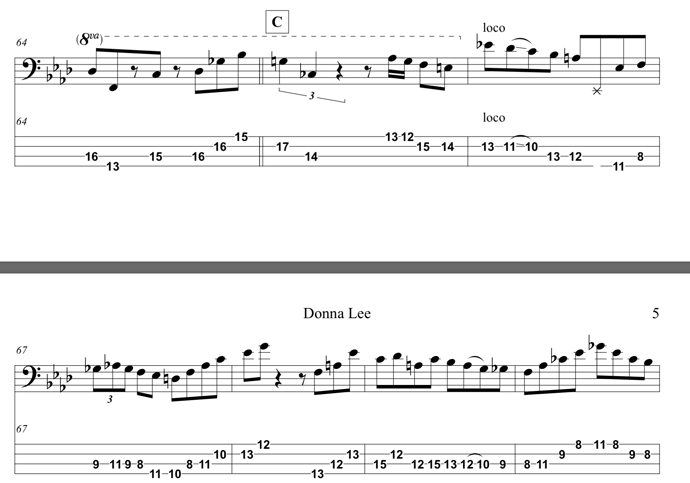I know you asked @JoshFossgreen, and I am sure he will reply as soon as he gets around to it, but perhaps I can help remove some of your confusion…
- There are four quarter notes in a whole note. It makes sense to call them quarter notes, as four of them are needed to make a whole note. And we can further divide whole notes (into finer sections) by taking 8th notes, then 16th notes and so forth (ever finer slices of that whole note). This is totally independent of the time signature!
You could define a system that uses third notes (instead of quarter notes), and then, of course 3 third notes would make a whole note. The next finer division would then be 9th notes and so on, but this is conceptually harder to work with than the system we have based on multiples of 2.
Now, for time signatures: this is mainly a convention to make written music readable by defining segments (aka bars) and define how many, e.g., quarter notes are in one such bar. We could define to have three quarter notes in one bar, and we’d get a 3/4 time signature. Similarly, we could say 4 quarter notes make up a bar, or 5 or 6 etc - and, consequently, we would get the time signatures of 4/4, 5/4, 6/4 and so on. Why do we need different time signatures? Because they have different feels!
I am sure you have heard a waltz!? It is mostly in 3/4 and has a strong beat and two weaker beats per bar, such that it sounds/feels like DUM da da, DUM da da, DUM da da, …
Most rock music is in 4/4 and there are typically alternating strong and weak beats (also often referred to as down and up beats): DUM da DUM da, DUM da DUM da, …
The main theme of “Mission Impossible” is in 5/4 - it could be written in 4/4, but then one repetition of the motif wouldn’t fit in one bar, which is, if nothing else, awkward to read for the musicians.
Maybe what is confusing is that we say the time signature is “three quarters”, but really we mean “three pulses of a certain duration (that we call quarters)” - quarters are just the unit here!
And, by the way, a whole note would NOT fit into one bar when the time signature is 3/4 - but you can still have a whole note in that time signature - it would just “spill over” into the next bar 
- The notation system is independent of the instruments - one position in the stave corresponds to exactly one note. The confusion comes from the fact that on a piano there is only exactly one way to generate that note, whereas on a bass (or guitar) the same note can often (but not always) be generated by different frets on different strings. So, yes, the C on the 8th fret of the E string and the C on the 3rd fret of the A string are the same C (i.e., are described by the same position in the stave/notation). That is NOT a coincidence - it is a consequence of the fact that the strings are tuned the way they are (E - A - D - G); every next string is a fourth (the interval) up from the string before. You could also say that the range of notes you can play on the strings overlap - otherwise you’d have to go all the way up to the “end” of the first string and start back down at the “beginning” of the next string to play all notes in sequence. Apart from the fact that strings instruments don’t work that way from a physical point of view, it would be super impractical.
And, there should be ledgers also in music for bass and guitar. Perhaps, you were looking at tabs (tabular notation)?? Tabs don’t use ledgers.
- OK, sorry, I am rambling a bit. Yes, fretboard knowledge is essential! You got it absolutely right, that playing is often more across the strings (vertical) instead of along one string (horizontal) (see also my reply to #2). This knowledge can be gained by practice, quizzes/tests, and - as you say - by combining sight reading with finding out where you are on the fretboard.
As for fast sight-reading - in my own experience: many bass players learn what they play by heart, and rarely come into a situation where you’d have to sight-read a new piece.
Anyway, sorry for the long-winded answers. Hope some of this clears your confusion a bit. If not, ask away. And I am sure @JoshFossgreen will also chime in - he can explain this stuff probably in a much more easily digestible way 
![]()



